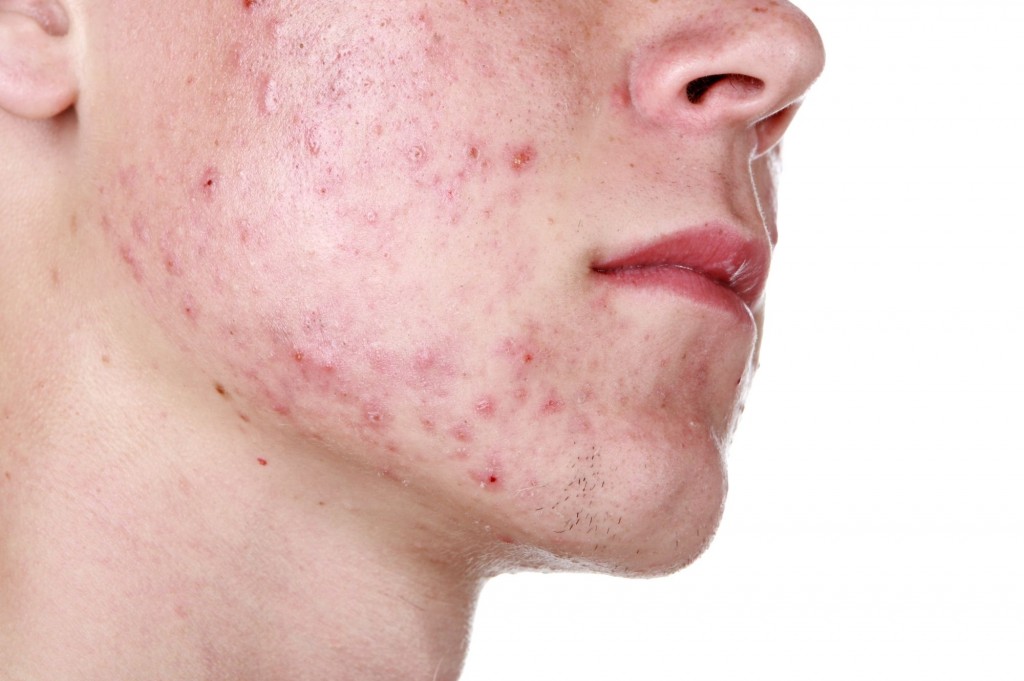The skin is the most visible and largest organ of the body. With others seeing our skin all the time, many people take the extra effort to care for it. There are numerous products in the market that are geared towards skin care. Often times these can work well and provide us with the healthy skin we want. Other times, no matter what products we use, or how careful we are, there are skin conditions we cannot deal with. When this happens, it is time to see a professional. These are 10 signs to watch out for.
- Acne – A pimple or two is something that can be easily treated at home with topical creams or other solutions. However, when you have a pimple or two, or three or an entire face full of it, a visit to the doctor is necessary. This is especially true if the condition is recurrent or cystic. When acne is left untreated it can become a long term problem and cause permanent scarring. Acne can stem from different causes and is a condition that needs to be treated properly in order to eliminate it.
- Unusual Moles – Like other skin conditions, moles are normal occurrences. These do not normally cause any harm and are not bothersome either. In some instances though, moles can be dangerous. If these have an irregular shape, do not have a definite border, carries an irregular color, is larger than 6 mm or is evolving have it checked. Moles that carry these characteristics can signify melanoma.
- Chronic Skin Problems – Mild irritation and itching on the skin can occur any time as a result of different things. This often clears up on its own, or with mild treatment from topical medication. The problem is when these do not go away and gets even worse. If you experience chronic irritation, redness, itching and it develops into dry skin and blistering, go see a doctor. It could something more serious such as eczema or psoriasis.
- Photo Sensitivity – Everyone can get burns or skin irritation when exposed to the sun for too long. This should not be a cause to worry unless your skin is extra sensitive. If even a just a little bit of sunlight leads to redness or rashes ask your dermatologist about it. This is especially true if you get a butterfly like rash underneath the eyes and across the nose. This can be a sign of an underlying condition that needs treatment.
- Melasma – This brown skin discoloration is a common occurrence during pregnancy because of hormonal changes. However, it can happen outside of pregnancy as well. These are non-life threatening, but can be bothersome because of how it discolors certain areas. If you notice dark brown patches that do not go away or lighten with over the counter products after about two months get help from a professional. They can provide bleaching treatments or skin peeling procedures.
- Scar Treatment – Scars do not pose any threat to the health, but these are unsightly especially if it is located on a visible area. There are many over the counter treatments for scar removal, but deeper ones may need more targeted treatment from a dermatologist. Scar removal is best left to professionals because improper handling can only worsen the scar or make it even deeper.
- Stretch Marks and Cellulite – Like scars both stretch marks and cellulite is simply an aesthetic problem. However, these are not easily treated with commercial products. More often than not, it takes a professional to remove these. Most dermatologists have specialized machines that can provide skin deep treatment to repair skin tissues.
- Skin Screening – Skin cancer is the most common type of cancer. Each year, a good number of people are diagnosed with this illness. You don’t need to wait for symptoms to occur before seeing your dermatologist. Visit your doctor for yearly screening to ensure that your skin stays healthy.
- Rosacea – A chronic adult skin condition, this is commonly mistaken for acne. It presents itself with redness in the central region of the face as well as tiny pus filled bumps that resemble pimples. This an also be accompanied by conjunctivitis. Often it is triggered by the intake of spicy foods or alcohol, stress or heat exposure. This condition is non-contagious but it can get worse over time if it is not treated. Although this cannot be cured, there are treatments available to prevent flare-ups.
- Specialized Care – contrary to popular belief, a visit to a dermatologist is called for not only when skin problems occur. Many people with perfectly good skin make regular visits to keep their skin in tip top shape. Whether it is for a check-up or just to get routine treatments, a visit to the dermatologist can help keep skin looking great.
